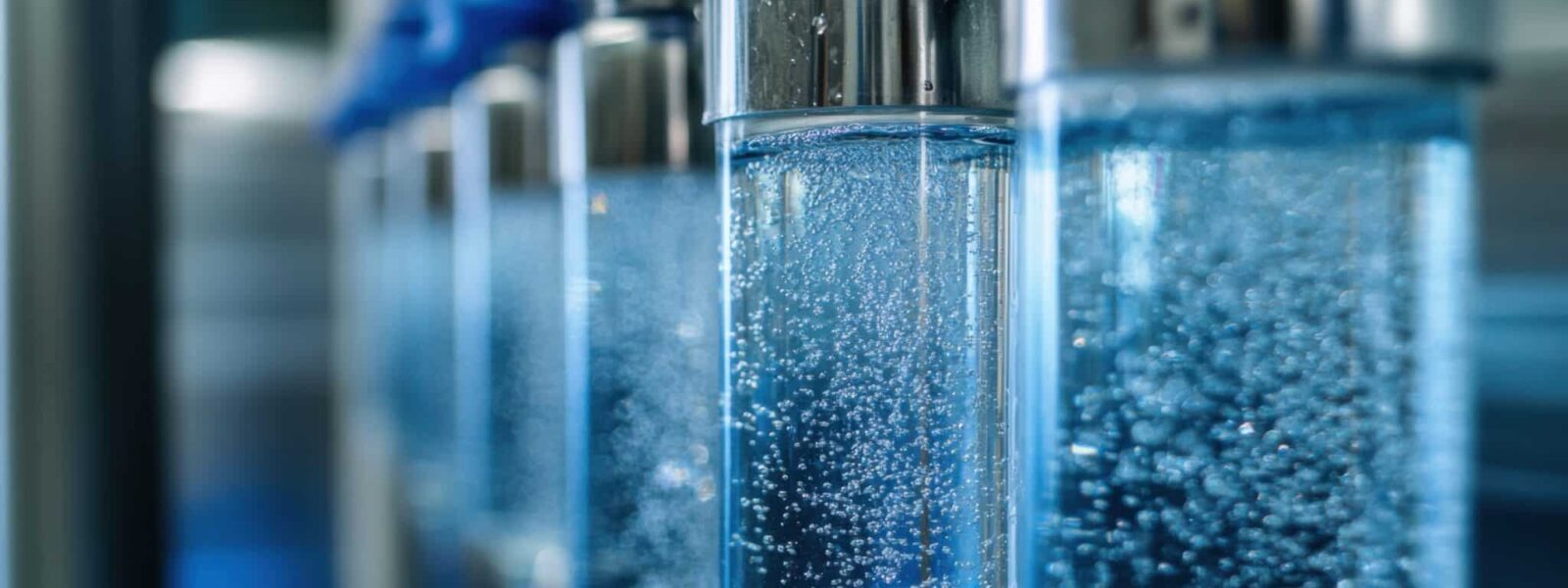Osmotic energy: an asset for the planet?
- The osmotic pressure produced when fresh water passes into salt water can be harnessed to generate electricity.
- A pilot project in the Rhone Delta, which uses osmotic energy, could generate renewable, non-intermittent electricity.
- Unlike solar or wind power, electricity from osmotic energy can be generated 24 hours a day, regardless of weather conditions.
- In 2023, French start-up Sweetch Energy commissioned a new osmotic power plant that is nearly 20 times more efficient than previous osmotic power plants.
- In the long term, OsmoRhône hopes to produce 500 megawatts of electricity, enough energy to power the equivalent of the population of Marseille.
A pilot project in the Rhône delta that harnesses ‘osmotic energy’ is the first demonstration of a renewable and non-intermittent form of electricity production. It could be decisive for the energy transition, according to its developers Bruno Mottet and Lydéric Bocquet, who have been working on the project for over ten years.
Generate electricity
Osmotic energy is based on the phenomenon of osmosis, discovered in the 18th Century by French physicist Jean Antoine Nollet. The principle is as follows: when a body of fresh water is brought into contact with salt water and separated by a thin membrane that is permeable only to water molecules, the osmotic pressure produced as the fresh water passes into the salt water can be harnessed to generate electricity. The membrane is usually made of polymers.
The difference between the concentrations of sodium ions (Na+) and chlorine ions (Cl-) in salt water and fresh water creates a chemical energy called ‘Gibbs free energy’ when the two types of water mix. This potential is related to the second law of thermodynamics and expresses the entropy generated during this process. For example, for 2 m3 of fresh water mixed with 2 m3 of sea water with a salt concentration of 30 g/L at 30 °C, this energy represents 1 kWh1.

Such salinity gradients occur naturally in estuaries and deltas where rivers flow into the sea. Electricity from osmotic energy can be generated 24 hours a day, regardless of weather conditions, unlike other forms of renewable energy, such as solar or wind power. This is because it relies on the constant natural flow of freshwater rivers into saltwater seas. What’s more, osmotic power plants are less complex to build than other hydraulic infrastructures such as hydroelectric dams or tidal power plants.
All in all, it is a renewable energy source that has little impact on the natural balance of the environment and poses no danger to local populations. In fact, all the fresh water and salt water used by an osmotic power plant is returned to the estuary in the form of water with intermediate salinity, equivalent to the proportion of river water and sea water found in nature.
Experimental power plants
Japan was the first country to experiment with this type of technology in 2009 with its prototype power plant in Fukuoka. It was followed a few years later by the experimental power plant in Hurum, Norway, and then by the Netherlands with its power plant on the Afsluitdijk dyke. These pilot projects generated between 4 and 50 kW of electricity, which is enough to meet the energy needs of a typical building.
The technology took a major step forward at the end of 2023 when French start-up Sweetch Energy2, co-founded in 2015 by Bruno Mottet and Lydéric Bocquet and the Compagnie Nationale du Rhône (CNR) commissioned a new osmotic power plant capable of producing 4 TWh per year. This made it almost 20 times more efficient than previous osmotic power plants.
Electricity production could range between 2,000 and 3,000 TWh, or approximately 15% of global electricity needs.
Sweetch Energy has developed the, now patented, INOD (Ionic Nano Osmotic Diffusion) technology, the main component of which is a bio-based and cost-effective material made from nanotubes. The company collaborated with the CNR to build the OsmoRhône plant, commissioned at the end of last year. This facility is located at the confluence of the Rhône River and the Mediterranean Sea, which is a particularly salty sea. Researchers chose the Rhône because it offers the highest potential for osmotic electricity in France, estimated at about one-third of the total hydropower production on the Rhône (13 TWh)3.
The initial phase of operations is focusing on producing a few dozen kilowatts of electricity, with the aim of gradually scaling up production in the years to come. In the long term, OsmoRhône hopes to produce 500 megawatts4 of electricity, enough energy to power more than 1.5 million households, or the equivalent to the population of Marseille, France’s second largest city in terms of inhabitants.
According to experts, osmotic energy could eventually produce between 2 000 and 3 000 TWh5 per year, so covering around 15% of global electricity needs. This would, importantly, prevent the emission of around 4 Gt of CO2 per year.
In a context where it is urgent to combat global warming and at a time when France is considering the best strategies to ensure its energy sovereignty, the development of an osmotic energy industry on the French or even European scale could be the opportunity we have been waiting for, according to Lydéric Bocquet. Indeed, it could begin to have a significant impact on the world’s energy landscape as early as 2030.















